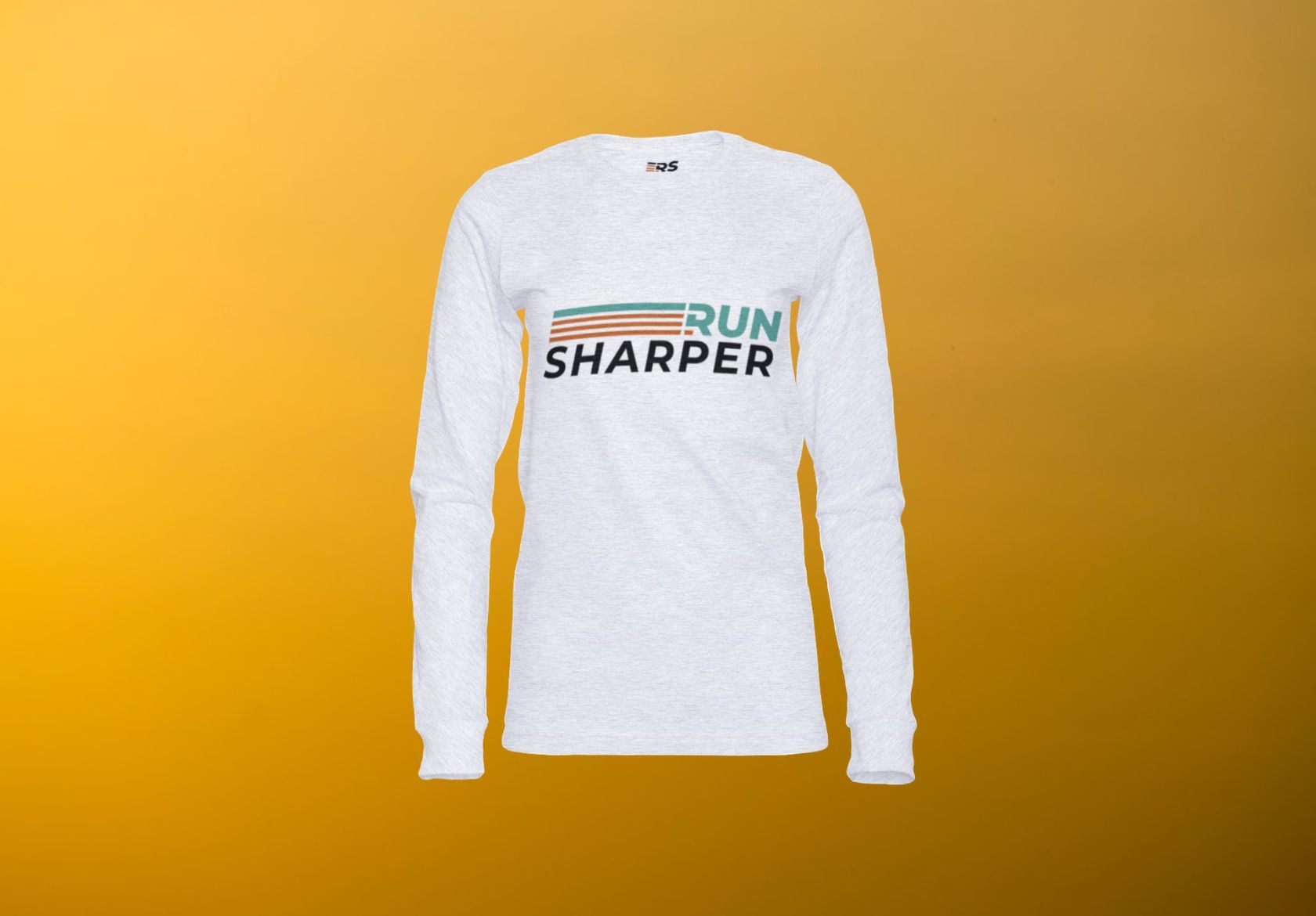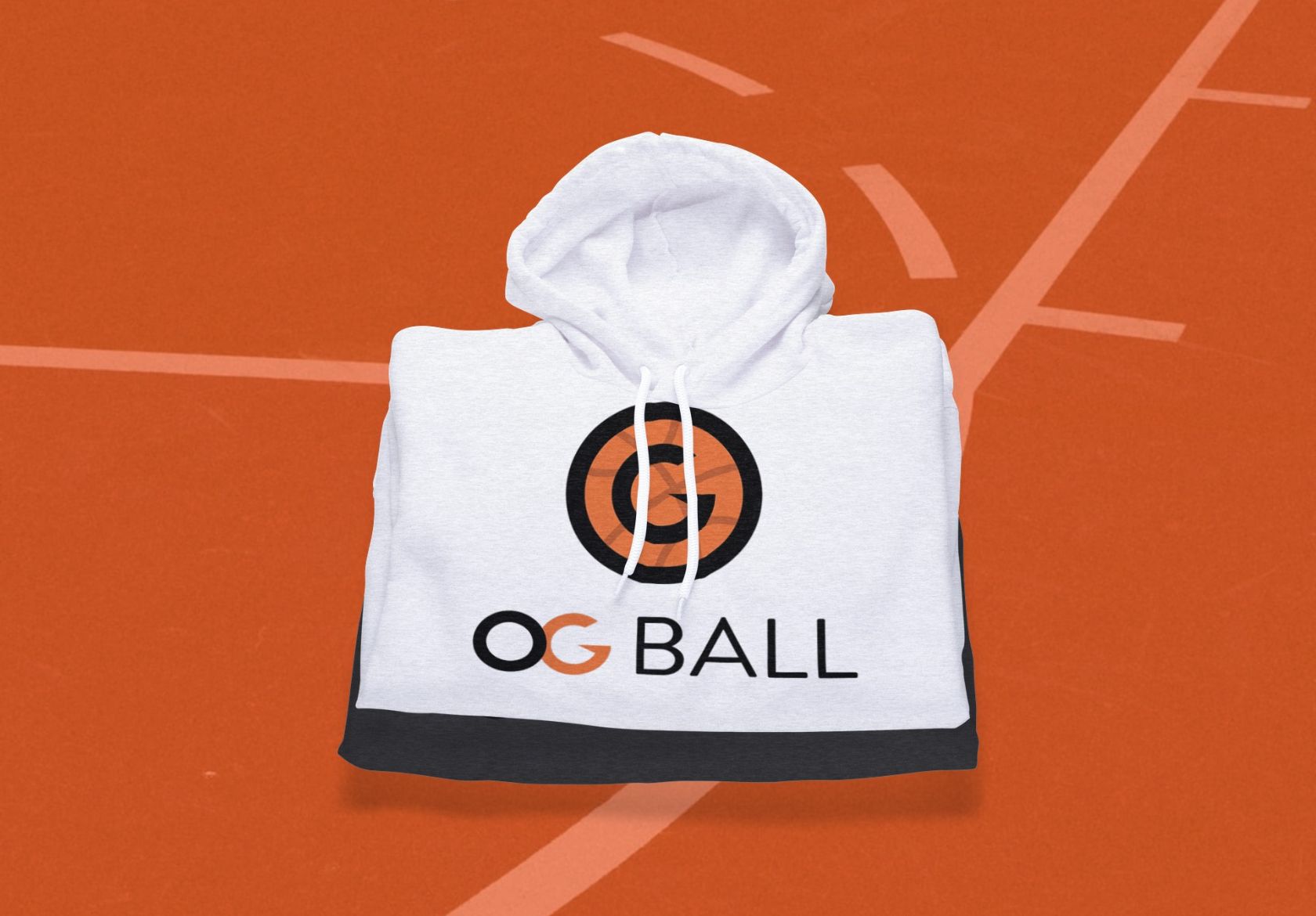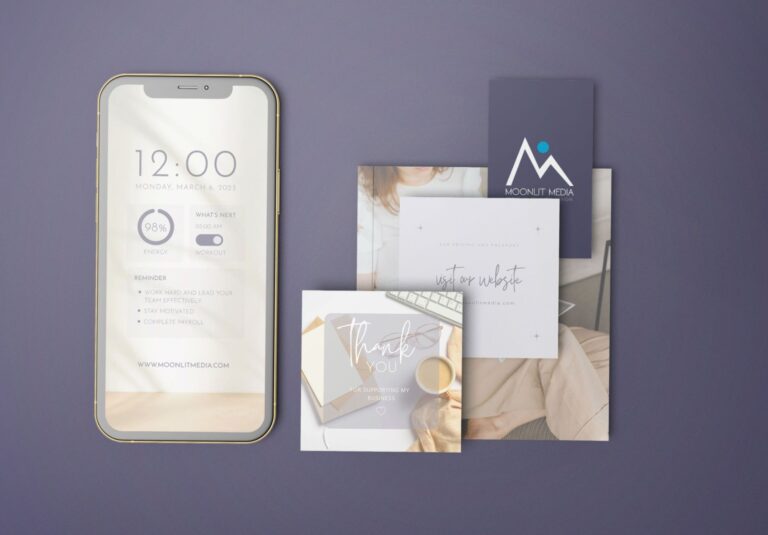Imagine this: you’re walking down a street and see two cafes. One has a warm, inviting red sign, while the other displays a cool, detached blue. Which one would you instinctively feel drawn to? Chances are, the red one would catch your eye first. This is a simple yet powerful example of color psychology at work. For small business owners, understanding the nuances of color psychology can be a game-changer. It helps you make informed choices that resonate with your target audience and create a compelling brand story.
The Psychology of Color
Below, we’ll explore how colors can profoundly affect our emotions and perceptions. Understanding the psychology of different colors can empower you to strategically use them in your branding and marketing efforts, ensuring they attract the audience you want and evoke the feelings you’re aiming for.

Red: The Color of Passion and Energy
Red is a dynamic color often associated with excitement, passion, and urgency. It’s frequently used to grab attention and stimulate action, making it a popular choice for call-to-action buttons and sales promotions. Cultural variations are significant here; in China, red symbolizes luck and prosperity, while in Western cultures, it might signify danger or love.
Brands that use red: Coca-Cola, Netflix, McDonald’s

Blue: The Trustworthy and Calming Hue
Blue evokes feelings of trust, calm, and reliability. It’s no wonder why so many financial institutions and healthcare providers opt for various shades of blue in their branding. While it’s calming in Western cultures, it can signify mourning in some Eastern cultures.
Brands that use blue: Facebook, IBM, Ford

Green: The Symbol of Growth and Tranquility
Green is synonymous with nature, health, and tranquility. It’s the go-to color for brands promoting eco-friendliness or health-conscious products. In Western cultures, green often signifies money and prosperity, whereas in some Asian cultures, it represents life and fertility.
Brands that use green: Starbucks, Whole Foods, John Deere

Yellow: The Happy and Attention-Grabbing Color
Yellow exudes happiness and positivity. It’s a great color for capturing attention and evoking cheerful emotions. However, use it sparingly as too much yellow can be overwhelming and may even trigger anxiety in some people. In Egypt, yellow is associated with mourning, while in Western cultures, it’s often linked to joy and sunshine.
Brands that use yellow: McDonald’s (along with red), Ikea, Snapchat

Purple: The Royal and Luxurious Shade
Purple is known for its luxurious and royal connotations. It’s often used to signify creativity, wisdom, and sophistication. Brands aiming for a high-end image frequently incorporate purple into their color schemes. In Western cultures, purple is associated with royalty and mystery, while in Brazil, it’s sometimes linked to mourning.
Brands that use purple: Cadbury, Hallmark, Yahoo

Orange: The Playful and Energetic Color
Orange combines the energy of red and the cheerfulness of yellow. It’s a playful, energetic color that can evoke enthusiasm and creativity. Brands that want to appear fun and adventurous often use orange. In some cultures, orange is linked to spirituality and courage, while in others, it can signify wealth and fertility.
Brands that use orange: Fanta, Harley-Davidson, Nickelodeon
Choosing Colors for Your Brand Identity
Colors play a pivotal role in creating a strong brand identity. They communicate your brand’s personality and values without a single word. Colors can also set the tone for your brand’s communication. Think about how Coca-Cola’s vibrant red evokes excitement and energy, while Tiffany & Co.’s iconic teal suggests luxury and exclusivity.
- Understanding Your Audience: One of the first steps in selecting your brand colors is understanding your target audience. What emotions do you want to evoke? What values do you want to communicate? Knowing who your audience is and what resonates with them can guide your color choices.
- Considering Your Industry: Different industries often have different color conventions. For instance, tech companies often favor blues and greens to signify innovation and growth, while fashion brands might opt for more neutral tones to convey elegance and sophistication.
- Crafting a Color Palette: Creating a cohesive color palette involves selecting a primary color and a few complementary colors. Tools like Adobe Color can help you experiment with different combinations to find the perfect palette that aligns with your brand’s identity.
Final Thoughts on Using Color Psychology in Branding
Understanding color psychology is essential for creating a powerful brand identity. It’s not just about aesthetics but about connecting with your audience on an emotional level. By thoughtfully choosing your brand colors, you can convey your brand’s personality, values, and message more effectively.
If you need further guidance, reach out to the branding experts at Moonlit Media. Remember, the right color choices can set you apart in a crowded market and leave a lasting impression on your audience.








